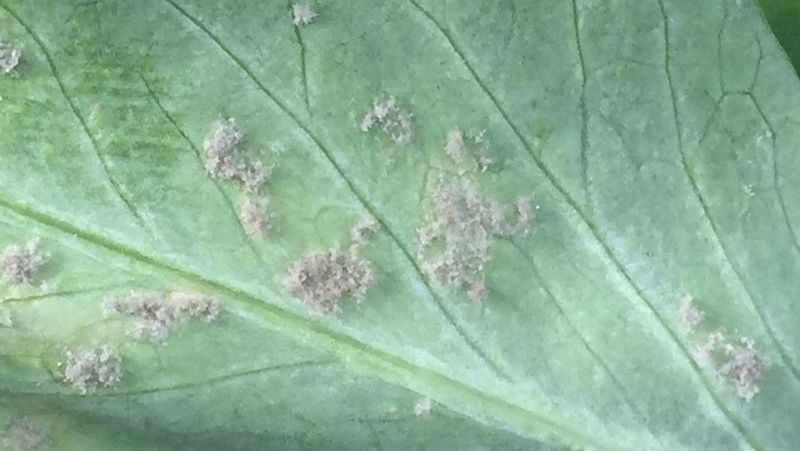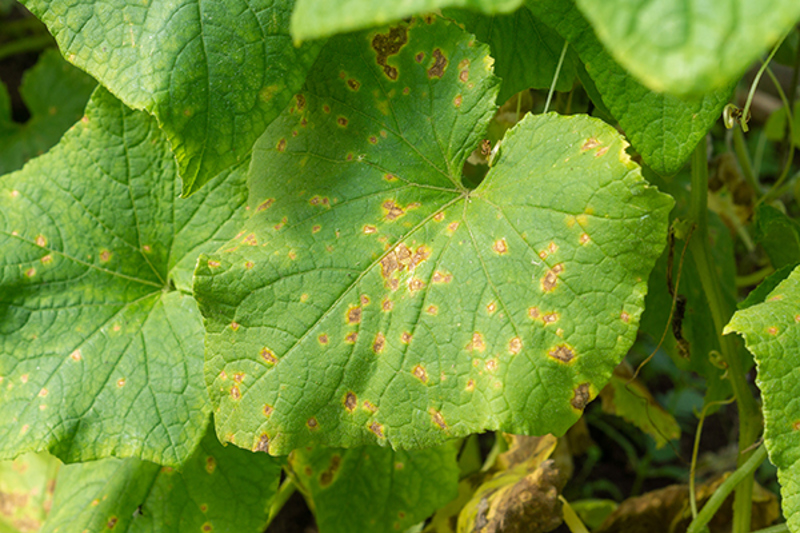Yates Account
Join now
Create a Yates account today!
Sign up to join the Yates Garden Club for monthly e-mails packed with seasonal inspiration, tips for success & exclusive promotions.
Plus if you’re a Garden Club member you can take part in the Yates Growing Community - a blog to share successes, get advice & win prizes in fun challenges along the way!

Forgot password
Enter the email address associated with your account, and we'll email you a new password.

What is Downy Mildew?
Downy Mildew is often more widespread in younger plants and is recognised by downy, whitish tufts or spores on the underside of the leaves. Downy mildew spores have the amazing ability to use water splashes to launch themselves into air currents, meaning nearby plants can be quickly infected by spores circulating through the air. For this reason, make certain not to water onto foliage to avoid spreading downy mildew; carefully water the soil at the base of plants only.
Downy mildew is common on grapes, vine crops, cabbages and other crucifers, onions, lettuce and stocks.
Treat affected plants with Yates Liquid Copper Fungicide.
Symptoms
Circular, yellow oil spots on the upper side of younger leaves, with white down on the underside of the spots, under the leaf. Leaves are sometimes distorted.
You can tell the difference between Downy and Powdery mildew, because downy mildew is visible under the leaves, while powdery mildew forms on top of leaves.
Plants impacted
- Berryfruits
- Cucurbits (incl. Cucumbers, Melons, Pumpkin, Zucchini, Squash)
- Grape Vines
- Lettuce
- Onion
- Ornamentals
- Rhubarb
- Roses
- Silverbeet
- Spinach

















Share
Share this article on social media